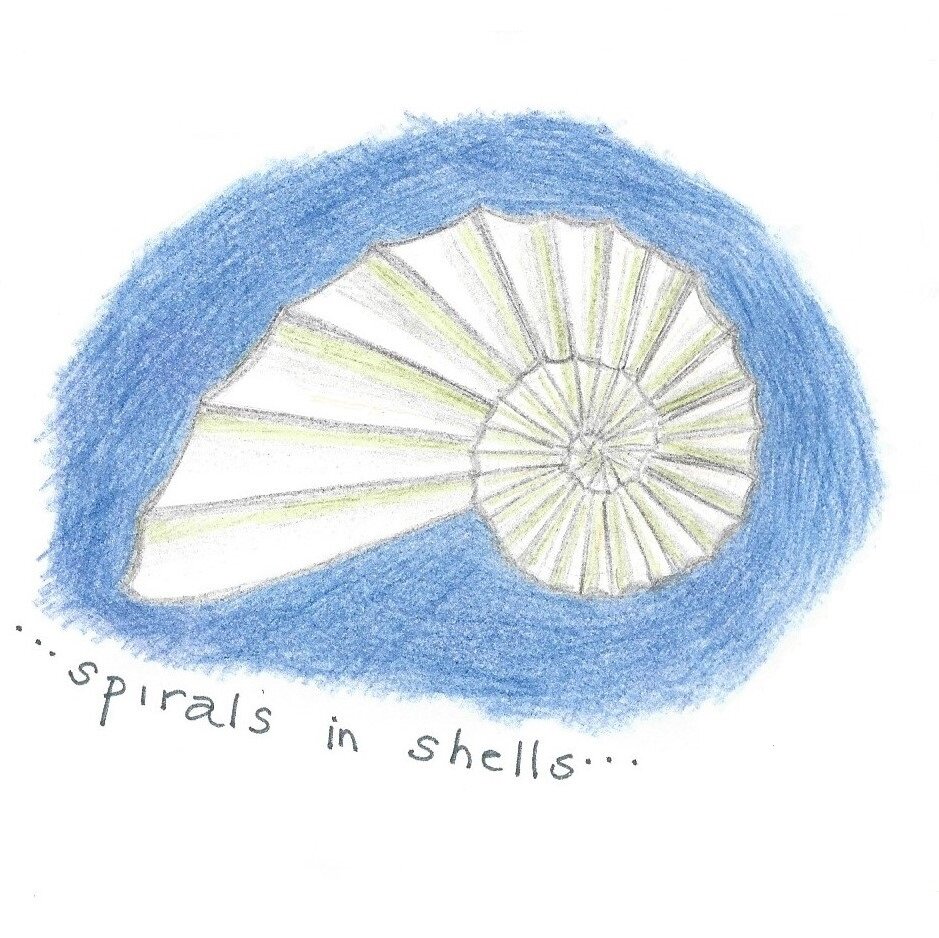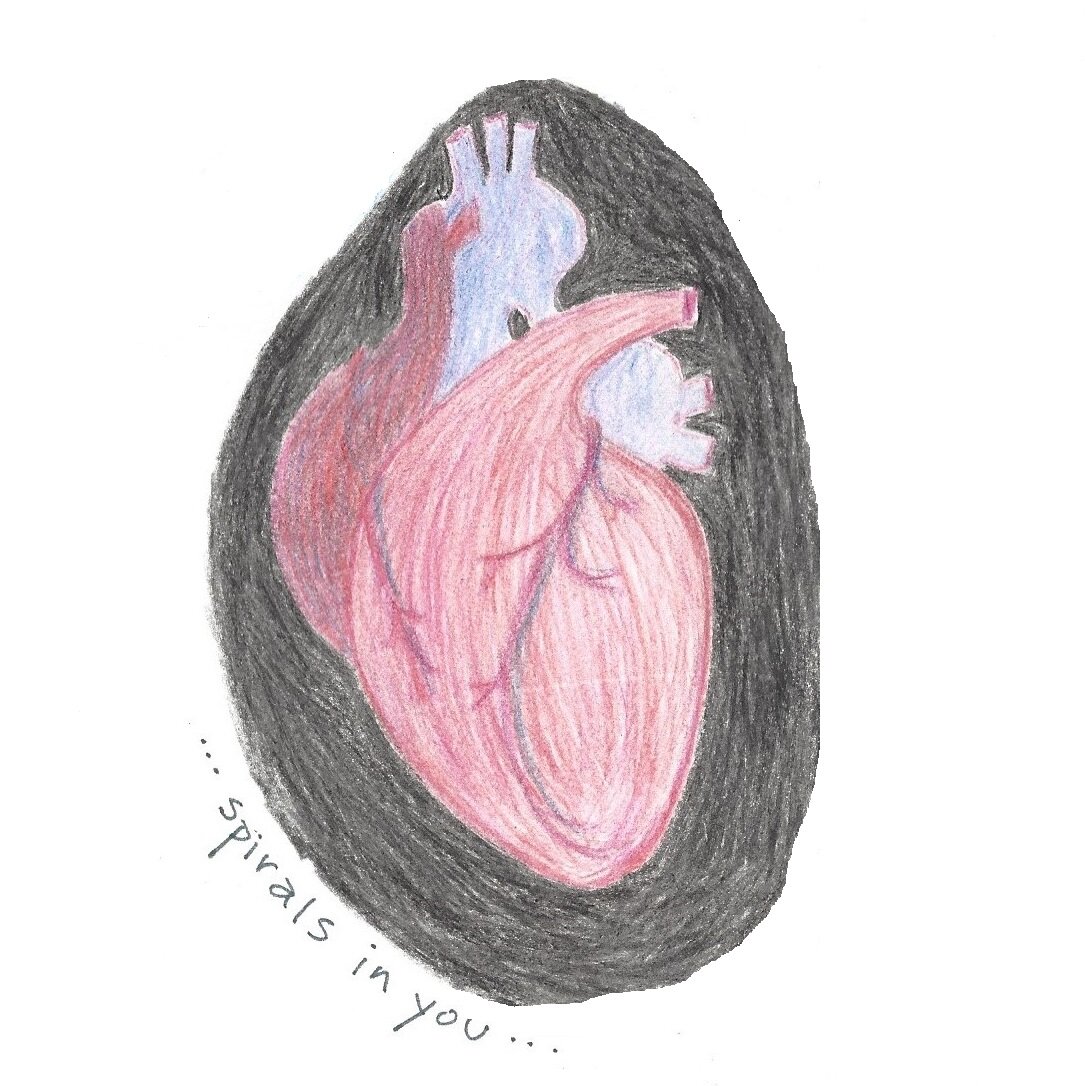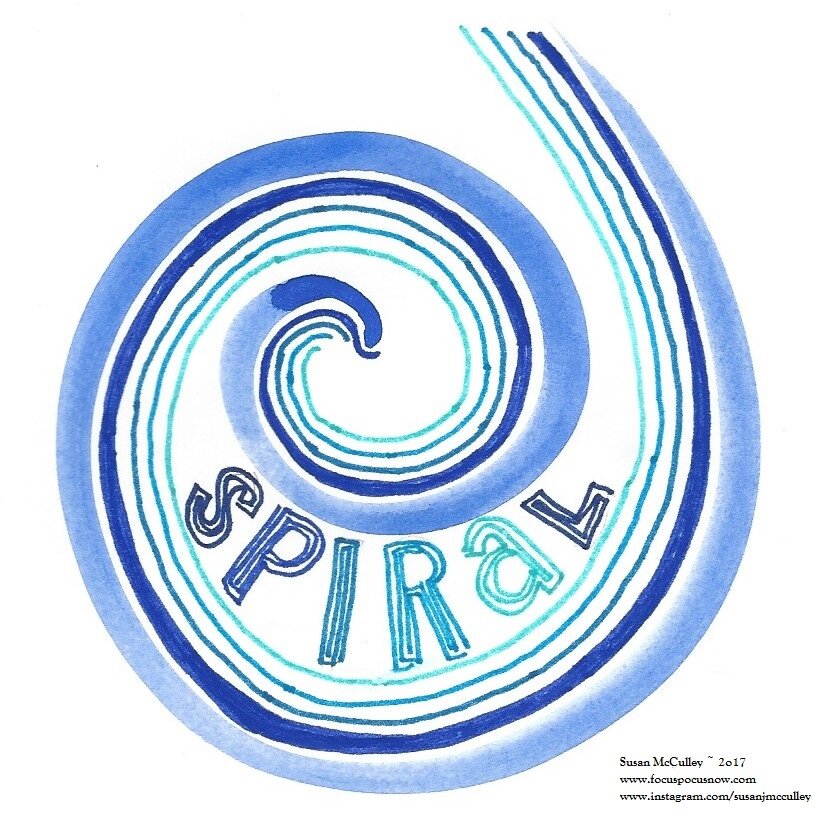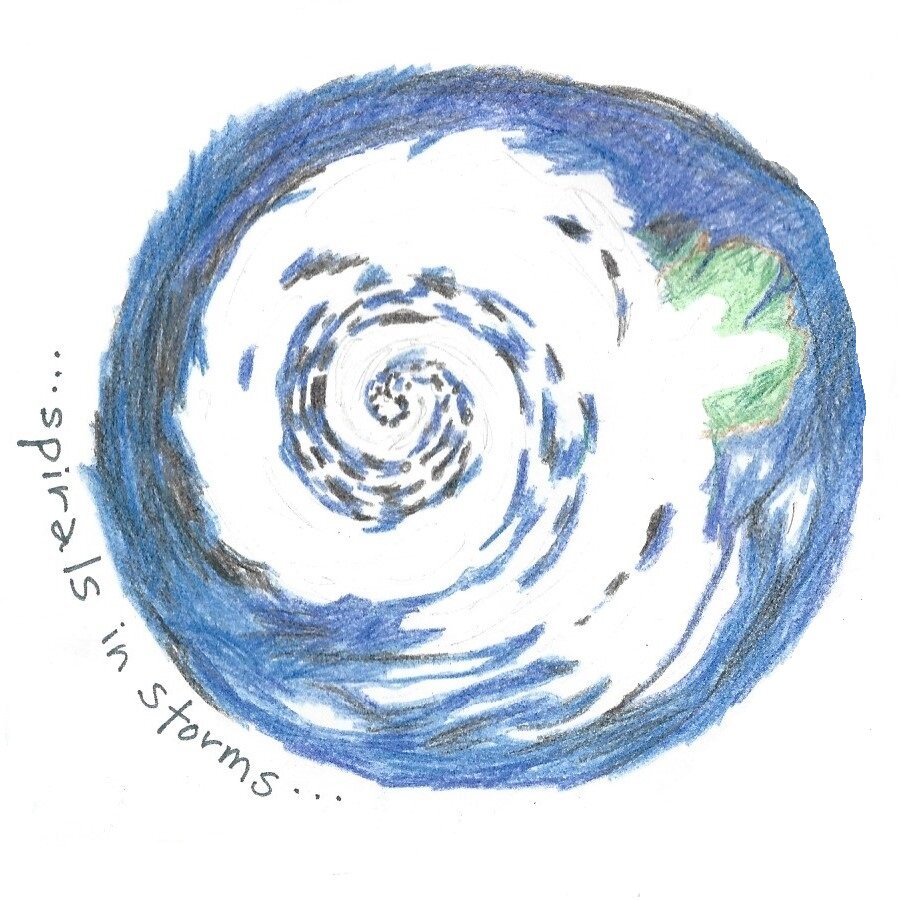I have this idea of myself: solid, unchanging and moving in direct lines from one phase to another. This, I've come to realize, is actually a habit of thinking.
Actually each of us is always rolling and turning, ebbing and flowing toward something new. In April, our practice will focus on the ever-changing, transformation of constantly becoming.
This speaks to the transformational shape and flow of spirals: in nature, in our bodies and in our relationships.





On spirals from November 2012:
I’ve been an admirer of straight-shooting for most of my adult life. Tell it like it is. Say what needs saying. Cut to the chase. I’m a bit ham-handed with it, to be honest, often saying the blunt rather than incisive thing, but in principle I’m down with telling it straight. After reading Real Love by Greg Baer and A Complaint-Free World by Will Bowen, as well as living with my kind and clever husband for 13 years, I’m beginning to understand the wisdom of less-direct, more spiral communication.
Especially in regards to sensitive topics, my husband, Frank, has shown me the skillfulness in quietly listening. Where I might jump in and say my piece, he will be still and then circle back to something later when everybody’s more receptive to questions and conversation. The wisdom of spirals.
I started the complaint-free challenge on October 26: endeavoring to go 21 consecutive days without complaining, criticizing or gossiping. It’s been humbling. So far, I’ve made it as long as 3 days before having to restart, and my tongue has a definite bite mark in it. I’m being far less direct than usual, and I’m discovering that spiraling, when it comes to relationships, is often the wise way to go.
Not a surprise, really, since spiraling is The Body’s Way, too. There are few straight lines in the body. As Amanda Latchmore’s beautifully writes in her Harrogate Yoga Blog:
Our bodies are composed of spirals. The heart is both an organ and a muscle that spirals in and around itself – formed by the gushing of blood from the Mother’s placenta into two tubes of spiraling muscle. The bones spiral, recede and curve, the striations within them spiraling downwards, so that the force of weight can be transferred to the earth. In turn, our muscles wrap around the bones in a continuous network of spiraling movement.
And the spirals are, indeed, systemic in the human body! In her article, The Double Spiral Arrangement of the Human Musculature, Carol Porter McCullough describes Raymond Dart, a 20th Century anatomist, anthropologist and Alexander Technique enthusiast who discovered the double spiral design of the body. She explains,
The spirals of the human musculature are mirror images of each other. Designating the right side of the pelvis as a starting point, the muscle sheet of one of the spirals travels diagonally around the side of the torso, crossing over the front mid-section to wrap diagonally upward to the left side of the torso, where the road of muscle makes a “Y,” one avenue junctioning with the muscles of the left arm, the other avenue snaking its way diagonally across the back, continuing on its diagonal journey across the neck to hook onto the head behind the ear in its original hemisphere of the right side (Dart 1996, 69).
Dart believed in ‘the universality of spiral movement’ and said “all things move spirally and … all growth is helical (Dart 1996, 57).” I can see the truth in this when watching a morning glory bloom or a baby roll over. And when I circle back around to a conversation a few days later and find that it is easeful and healing to say what I want to say and that my words can actually be heard.
